Biochemistry Review Worksheet Matching
A biochemistry review worksheet matching is a helpful resource for students studying the subject of biochemistry. This worksheet is designed to enhance their understanding and retention of key concepts by providing a structured format for matching terms or concepts with their corresponding definitions or explanations. Such a worksheet can be a valuable tool for students seeking additional practice and reinforcement in biochemistry.
Table of Images 👆
More Chemistry Worksheets
Chemistry Lab Equipment WorksheetChemistry Conversion Factors Worksheet
Fun Chemistry Worksheets
What is the monomer unit of proteins?
The monomer unit of proteins is amino acids. Proteins are made up of long chains of amino acids that are linked together through peptide bonds to form polypeptide chains.
What type of bonds are formed between amino acids in a protein?
Peptide bonds are formed between amino acids in a protein. These bonds result from a condensation reaction where the carboxyl group of one amino acid reacts with the amino group of another amino acid, releasing a water molecule in the process. This forms a covalent bond between the two amino acids, creating a peptide bond and linking them together in a polypeptide chain, which ultimately forms the structure of a protein.
What is the primary function of carbohydrates in living organisms?
The primary function of carbohydrates in living organisms is to provide energy. Carbohydrates are broken down into glucose, which is used by cells as a source of energy for various cellular processes and functions. Additionally, carbohydrates can also serve as a structural component of cells and tissues, as well as play a role in cell recognition and signaling.
Which type of lipid is a major component of cell membranes?
Phospholipids are a major component of cell membranes. These lipids consist of a hydrophilic head region and two hydrophobic tails, allowing them to create a bilayer structure that forms the membrane's basic framework, regulating the movement of molecules in and out of the cell.
What is the process by which cells convert glucose into energy?
The process by which cells convert glucose into energy is called cellular respiration. It involves a series of metabolic reactions that take place in the mitochondria of the cell. Glucose is broken down through a series of steps, ultimately producing adenosine triphosphate (ATP), the main energy currency of the cell. This process includes glycolysis, the citric acid cycle, and oxidative phosphorylation, which together yield a total of 36-38 ATP molecules per glucose molecule.
What type of nucleic acid is responsible for storing and transmitting genetic information?
The type of nucleic acid responsible for storing and transmitting genetic information is deoxyribonucleic acid (DNA). DNA contains the instructions needed for the development, functioning, and reproduction of all living organisms.
What is the function of enzymes in biochemical reactions?
Enzymes act as catalysts in biochemical reactions, speeding up the rate of chemical reactions by lowering the activation energy required for the reaction to occur. They do this by binding to specific substrates and facilitating the conversion of substrates into products. Enzymes are highly specific and can be regulated to control the pace of biochemical reactions, playing a crucial role in biological processes such as metabolism, digestion, and DNA replication.
What is the pH range for acids in a standard solution?
The pH range for acids in a standard solution typically falls below 7, with values ranging from 0 to 6.9 on the pH scale. Acids have a higher concentration of hydrogen ions, which makes them acidic and results in a lower pH.
What is the process by which DNA is copied to produce an identical molecule?
The process by which DNA is copied to produce an identical molecule is called DNA replication. During replication, the double-stranded DNA molecule unwinds and separates into two strands. Each strand then serves as a template for the synthesis of a complementary strand, resulting in two identical copies of the original DNA molecule. This process is essential for cell division and ensuring genetic stability in living organisms.
What is the overall net gain of ATP molecules produced through aerobic respiration?
The overall net gain of ATP molecules produced through aerobic respiration is 36 ATP molecules. This process occurs in eukaryotic cells and involves several steps, including glycolysis, the citric acid cycle, and oxidative phosphorylation. Each step generates ATP molecules, with oxidative phosphorylation producing the majority through the electron transport chain and chemiosmosis.
Have something to share?
Who is Worksheeto?
At Worksheeto, we are committed to delivering an extensive and varied portfolio of superior quality worksheets, designed to address the educational demands of students, educators, and parents.

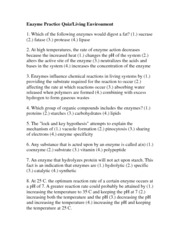



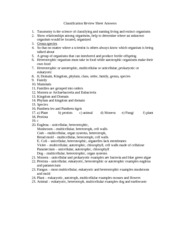
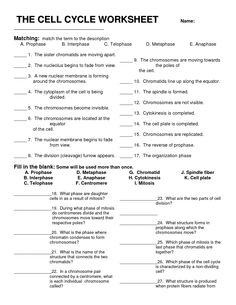
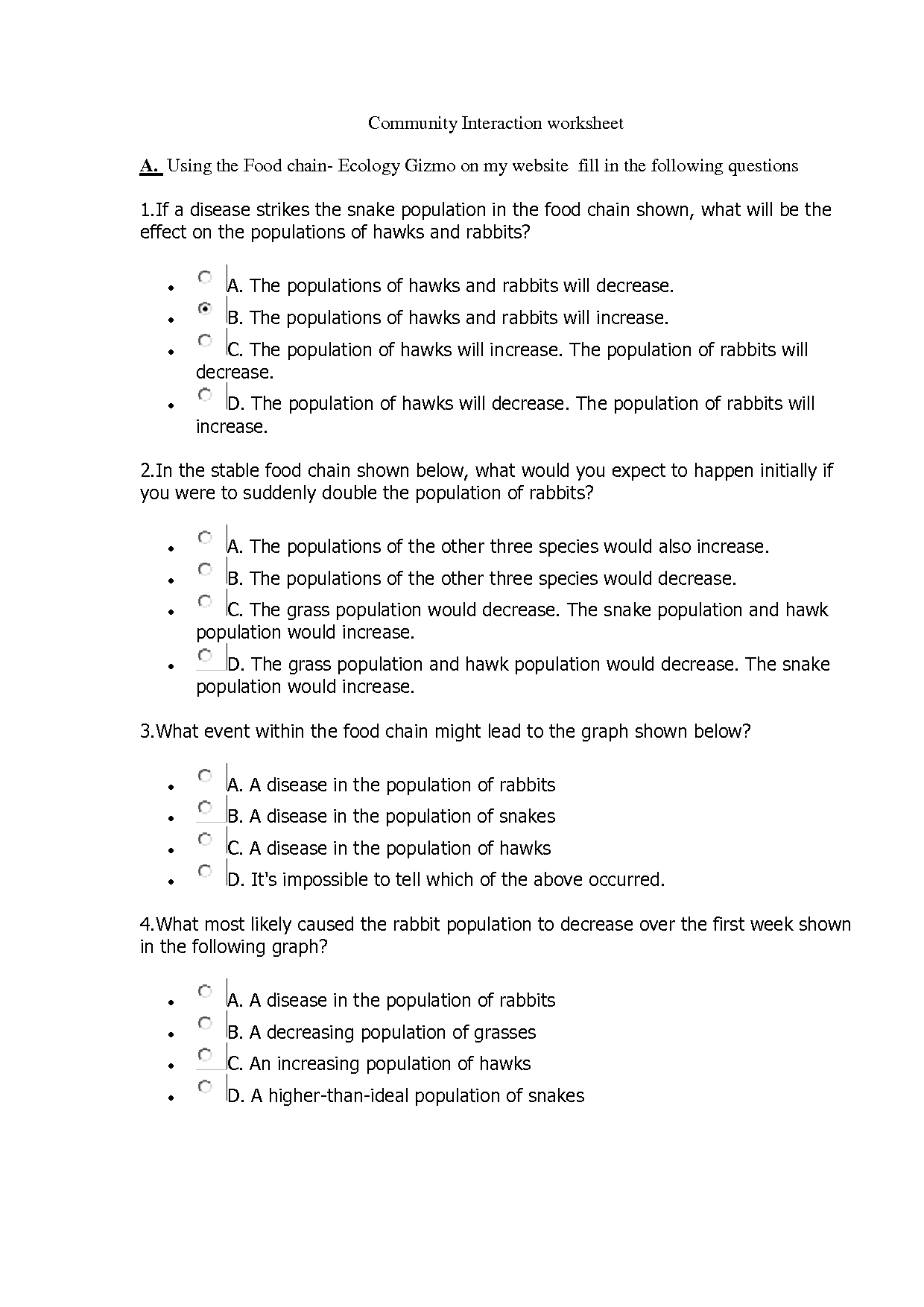
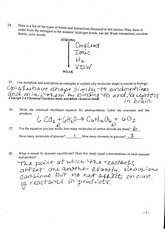
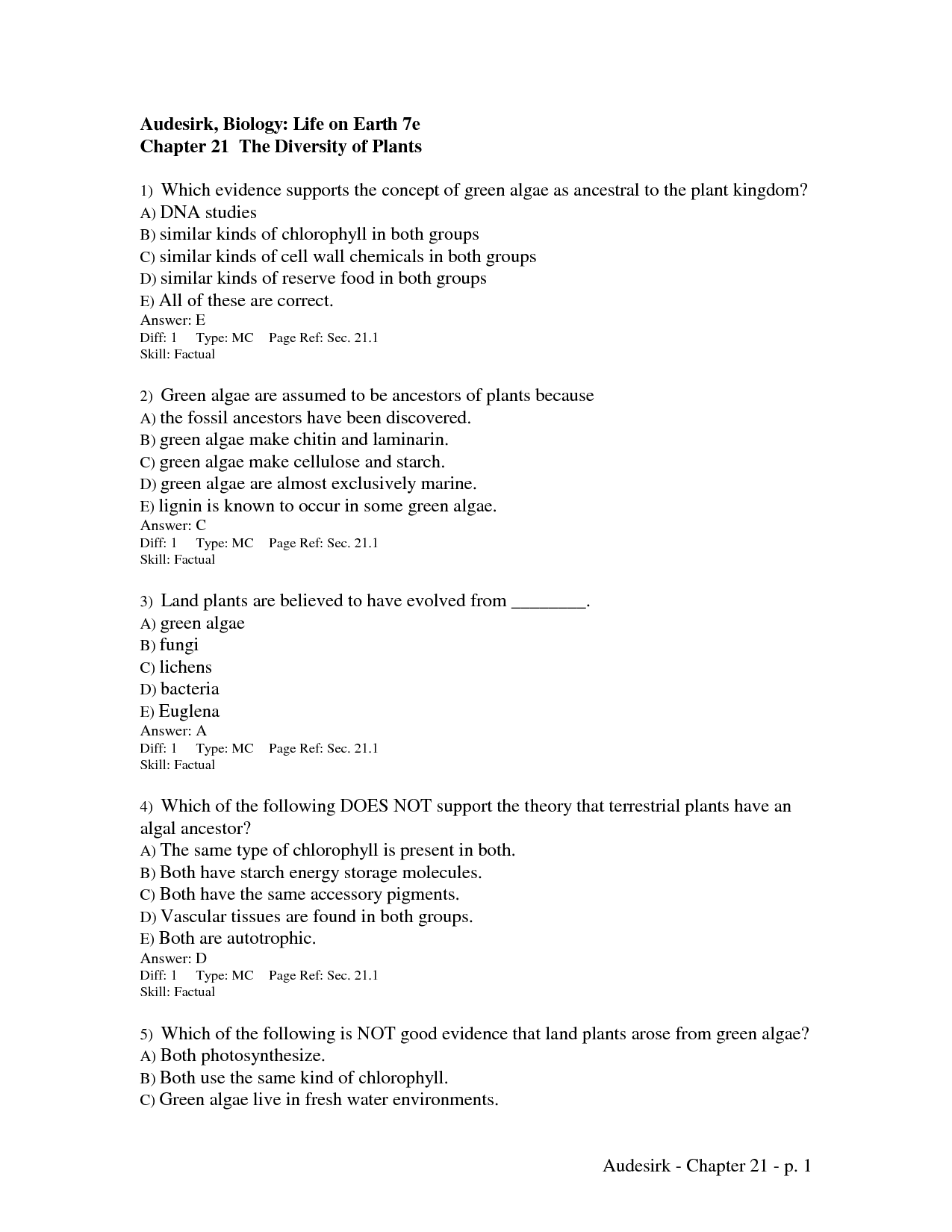









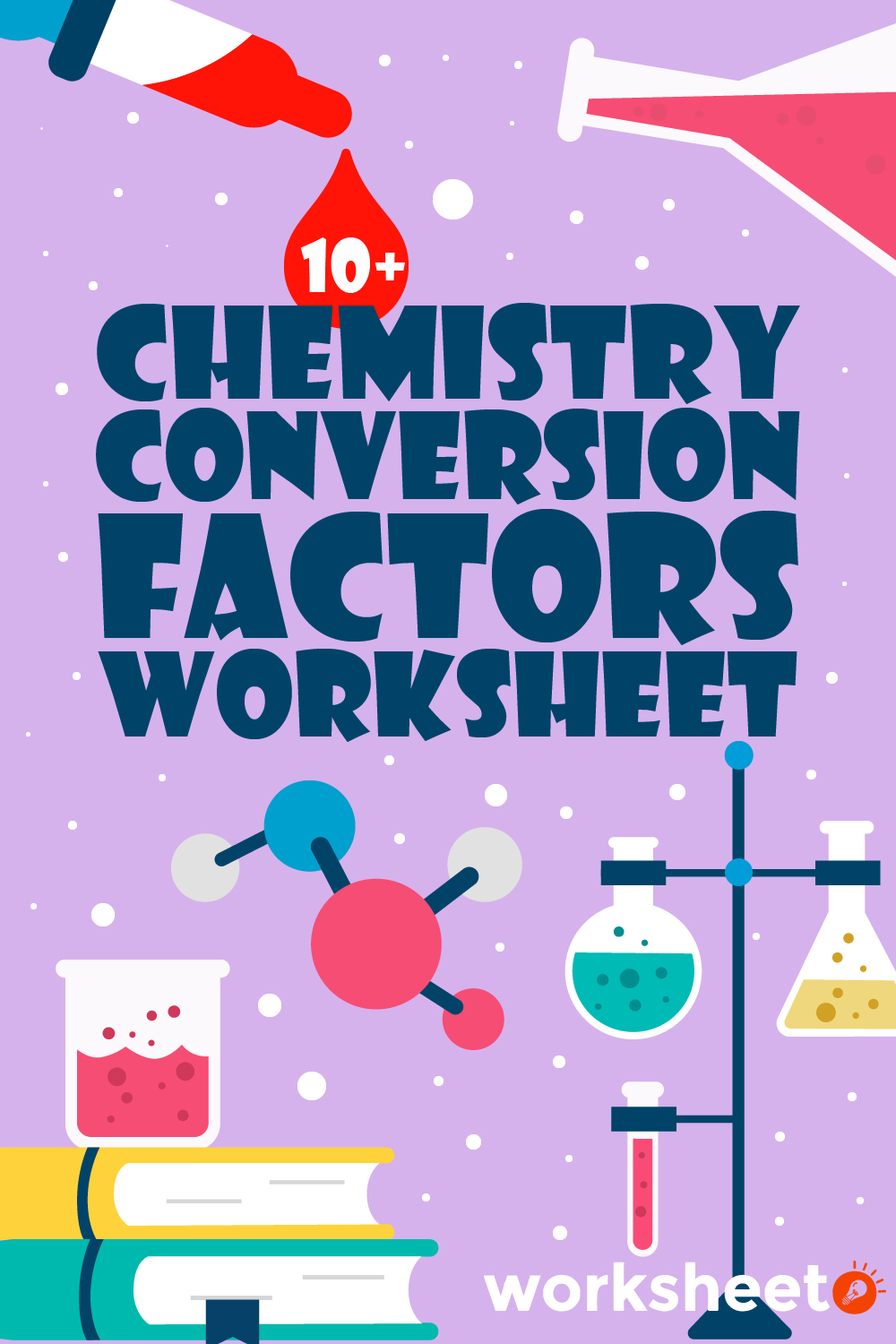

Comments